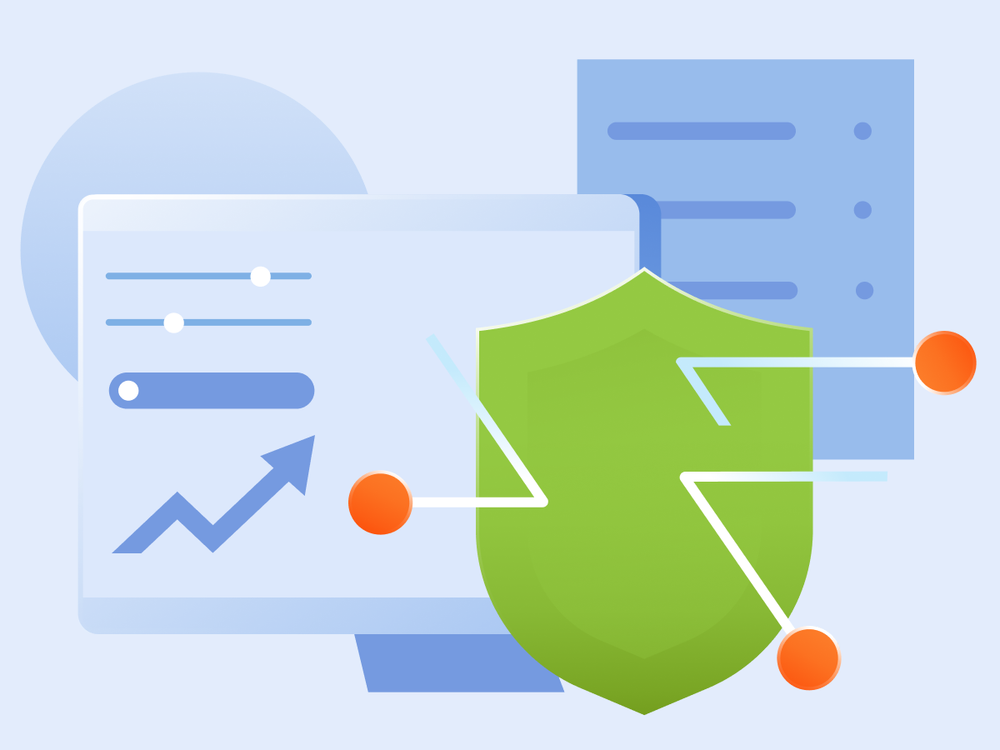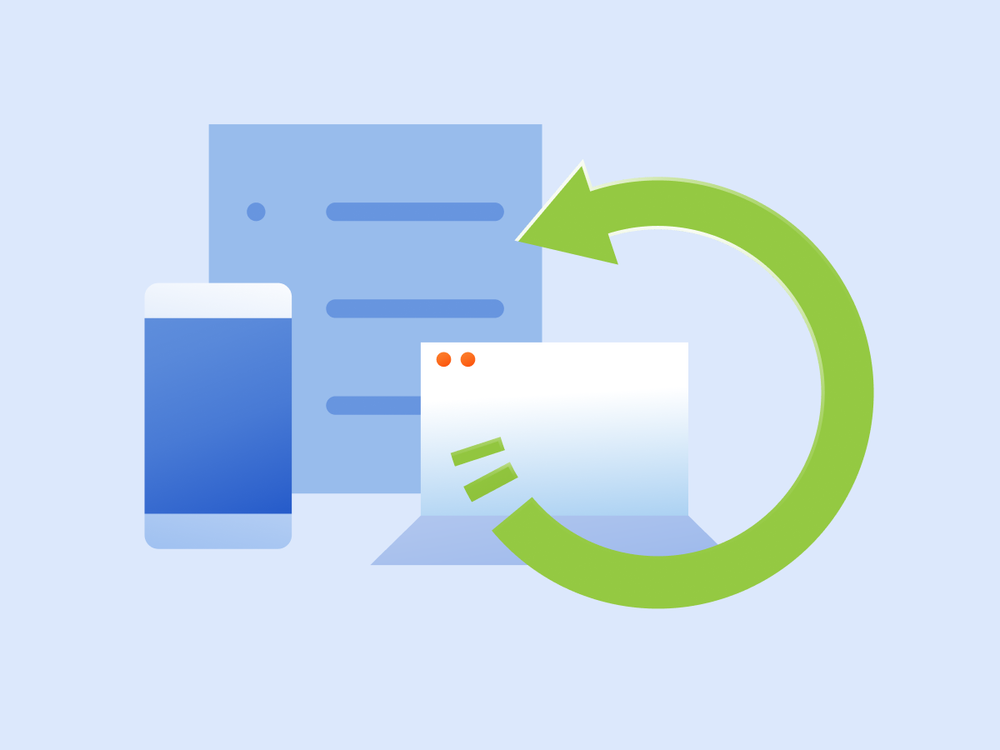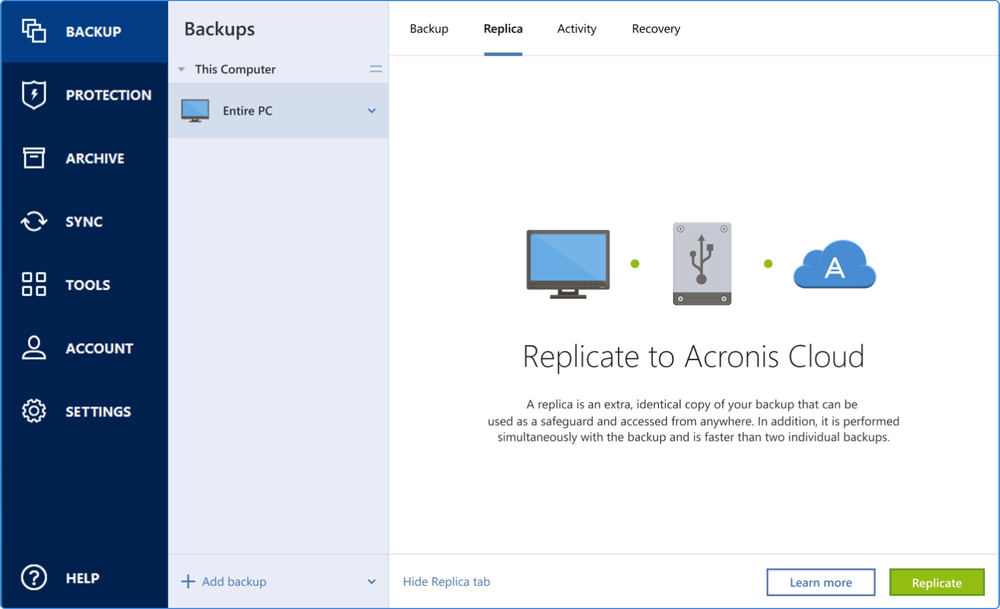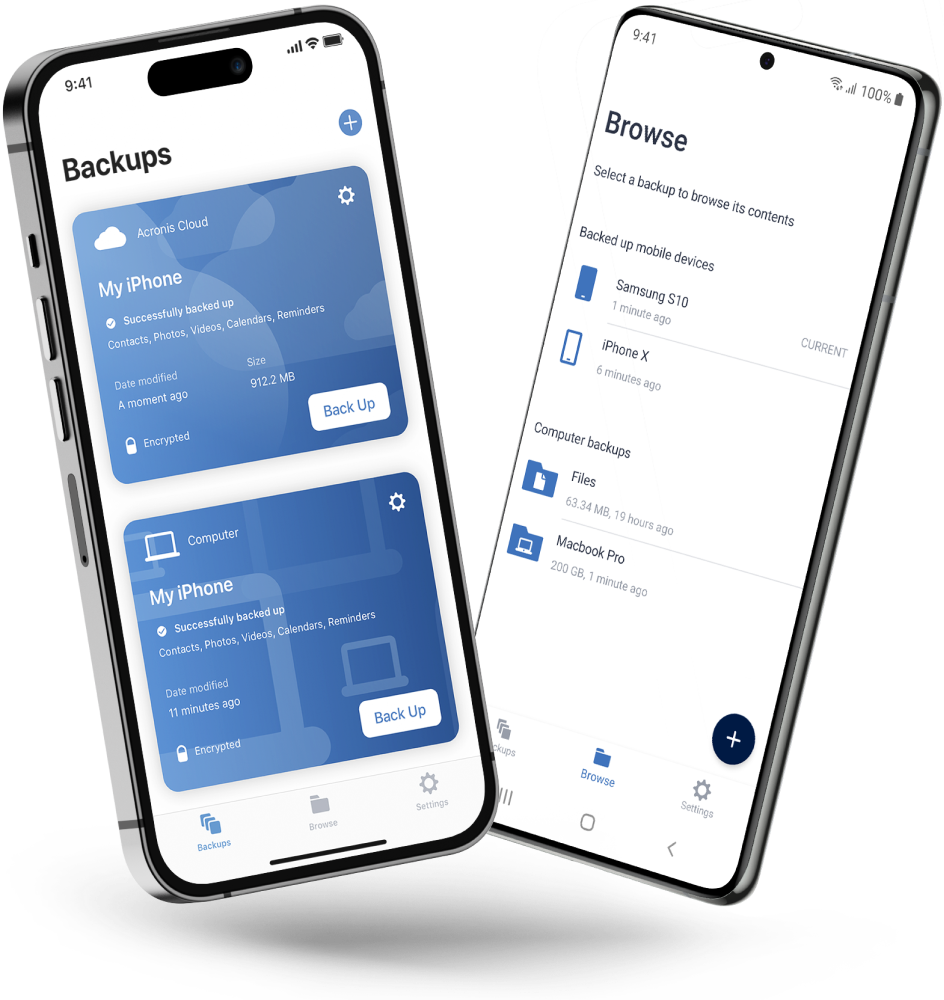Despite its clear benefits, 90% of individuals recently reported they do not use a combination of local and online backup. As the only personal backup solution that can automatically replicate local backups to the cloud, Acronis True Image (formerly Acronis Cyber Protect Home Office) makes it easy to adopt the 3-2-1 backup strategy. Dual protection is an easy, efficient way to eliminate the headaches of managing two plans and avoid wasting time creating two separate backups. Simply complete the first backup and in the future Acronis replication software will create automatic copies of the local backups in the cloud.
You are on United States website. Change region to view location-specific content:
Global
English
Select another region
Choose region and language
- Americas
- Asia-Pacific
- Europe, Middle East and Africa
- Worldwide












